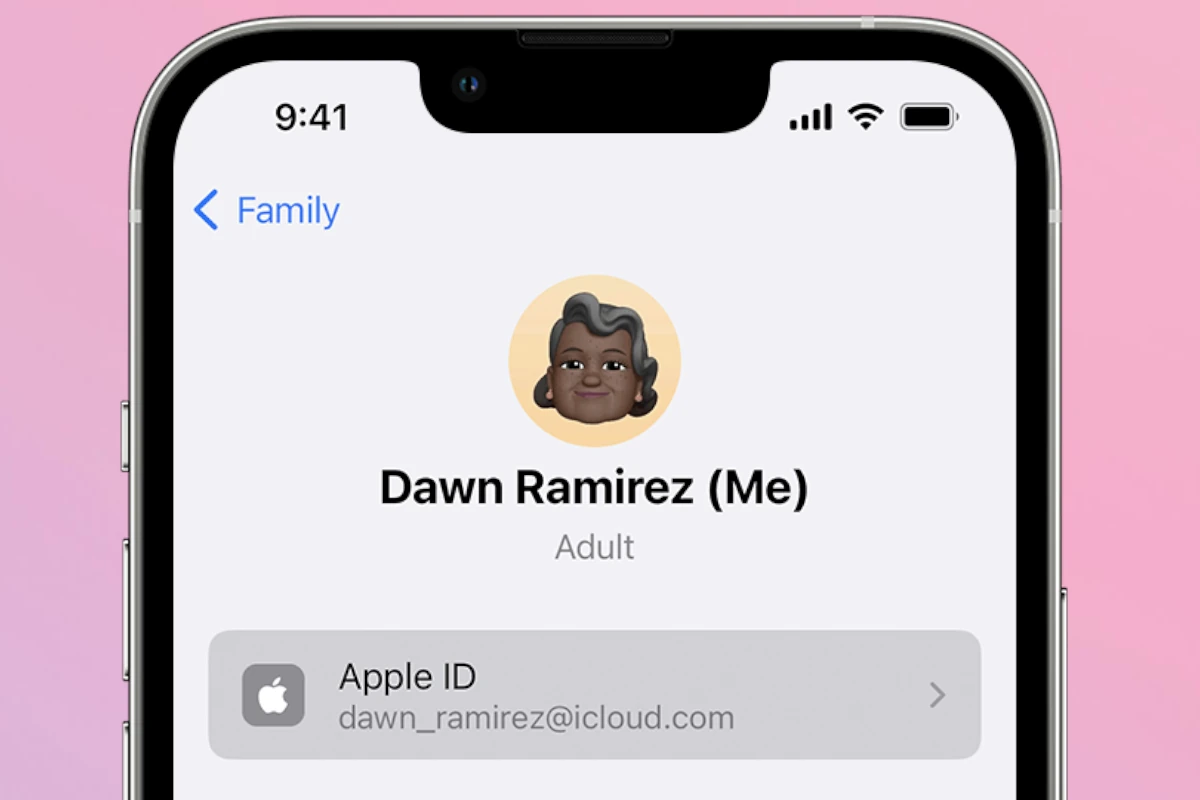To download apps on your iPhone or iPad, you need an Apple ID. This is required for accessing the App Store and other Apple services. However, there are some ways to get apps without an Apple ID, but they come with certain risks. For example, you can use alternative app stores like TweakBox, AppValley, and iOSEmus, which allow users to install apps without an Apple ID. Additionally, you might consider turning off password or Face ID requirements for free app downloads from the App Store to save time. Another method involves using older versions of iTunes or jailbreaking the device, but these methods have risks, such as potential security issues or voiding warranties, so it’s important to understand these concerns.
Navigating App Downloads Without an Apple ID
The Apple ID Requirement
An Apple ID is generally required to download apps from the App Store. It serves as your account for all things Apple, including purchases, iCloud storage, and device management. However, there are a few limited situations where you might bypass this requirement.
Scenarios for Downloading Without an Apple ID
| Scenario | Description | Limitations |
|---|---|---|
| Pre-installed Apps | Apps that come pre-installed on your iPhone or iPad can often be re-downloaded without an Apple ID. | Only applies to apps that were originally on the device. |
| Family Sharing | If you’re part of a Family Sharing group, you can download apps purchased by other family members without entering your own Apple ID. | You’ll need access to the family organizer’s account and be added to their Family Sharing group. |
| Apple Business Manager/School Manager | In managed environments like schools or businesses, apps can be distributed without individual Apple IDs. | Requires the device to be enrolled in a mobile device management (MDM) system. |
| Older iTunes Versions | Some iTunes versions before 12.7 allowed downloading apps without signing in. | This method is outdated and not recommended due to security concerns and lack of access to the latest app features and updates. |
Alternative Options
- Create a Free Apple ID: You can create an Apple ID without a payment method to download free apps.
- Use a Friend’s Apple ID: If you trust someone, you can temporarily use their Apple ID to download apps, but this isn’t recommended for security reasons.
- Third-Party App Stores: Some alternative app stores offer apps without requiring an Apple ID, but these are not authorized by Apple and can pose security risks.
Important Note:
Always exercise caution when downloading apps outside of the official App Store. Stick to trusted sources to protect your device and personal information.
Key Takeaways
- Alternative stores let users download apps without Apple ID.
- Turn off authentication to download free apps.
- Jailbreaking and old iTunes versions are riskier options.
Understanding App Download Options on iOS
There are various ways to download apps on iOS without an Apple ID, each with its benefits and limitations. It’s also essential to know how to manage Apple ID and authentication methods to access the App Store efficiently.
Legitimate Methods to Download Apps
One way is by using a family member’s Apple ID. If a family member has an Apple ID, they can log in and download apps for you. This method is straightforward and requires no special software.
Another option is using enterprise deployment. Businesses often use Mobile Device Management (MDM) to distribute apps. These apps don’t require an Apple ID for download. They can be pushed directly to the device.
Alternative app stores like TutuApp or TweakBox also offer a range of apps without needing an Apple ID. Be cautious as these may pose security risks and might not offer the same level of safety as the App Store.
Managing Apple ID and Authentication
Managing your Apple ID is crucial for app downloads. Go to Settings and scroll down to Face/Touch ID & Passcode. Here, you can enable biometric authentication. This feature helps speed up the process and adds an extra layer of security.
You can also change settings to require a password every time you download an app. Go to Settings > iTunes & App Store. Under Password Settings, you can decide whether to require a password immediately or after 15 minutes.
To avoid using an Apple ID altogether, you can use the “Purchased” section in the App Store. If you have previously downloaded apps, you can re-download them from this section without needing to re-enter your Apple ID password.
These methods help manage and control how you download and authenticate apps on iOS devices.
Alternative Methods and Their Risks
When trying to download apps without an Apple ID, it’s important to understand some alternative methods. Each method may come with its own risks, including security issues or data loss.
Jailbreaking and Its Consequences
Jailbreaking an iOS device can allow users to install apps from outside the App Store. This process removes Apple’s restrictions, offering more control over the device. However, jailbreaking can void warranties and increase security risks. Devices can become more susceptible to malware and hacking. Additionally, updates to the iOS platform may not work correctly on jailbroken devices, leading to potential data loss and system crashes.
Using Third-Party Tools and Stores
There are third-party tools and app stores like TutuApp, TweakBox, and AppValley that offer free apps and premium features without an Apple ID. While convenient, using these stores can be risky. These sources do not undergo the same scrutiny for security as the official App Store. There is a higher chance of downloading malware, which can compromise personal data. Users should always backup their Apple devices before using third-party tools to mitigate risks.
Issues With Older iTunes Versions
Some users may attempt to bypass the need for an Apple ID by using an older version of iTunes, such as iTunes 12.6.2. This version allowed the management of apps across multiple devices. While it’s a valid method, it comes with significant drawbacks. Older iTunes versions lack the latest security updates, making them vulnerable to threats. Additionally, they might not support new devices or features, limiting functionality and increasing the risk of data loss. Always consider the potential security implications when using outdated software.






